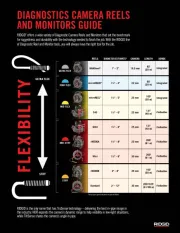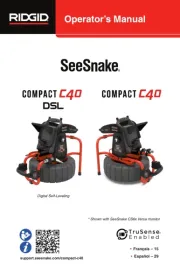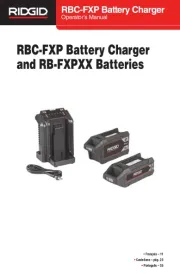Ridgid 815A Manual
Ridgid
Ikke kategoriseret
815A
| Mærke: | Ridgid |
| Kategori: | Ikke kategoriseret |
| Model: | 815A |
Har du brug for hjælp?
Hvis du har brug for hjælp til Ridgid 815A stil et spørgsmål nedenfor, og andre brugere vil svare dig
Ikke kategoriseret Ridgid Manualer

28 November 2025

28 November 2025

28 November 2025

27 November 2025

25 November 2025

25 November 2025

25 November 2025

25 August 2025

21 August 2025

19 August 2025
Ikke kategoriseret Manualer
- Dito Sama
- Konstant Lab
- PellX
- Silverstone
- Outplorer
- Pentair
- Luxli
- Inverto
- Vivax
- Phil And Teds
- Kryptonite
- EnGenius
- CE Labs
- Saki
- EnVivo
Nyeste Ikke kategoriseret Manualer

30 November 2025

30 November 2025

30 November 2025

30 November 2025

30 November 2025

30 November 2025

30 November 2025

30 November 2025

30 November 2025

30 November 2025
